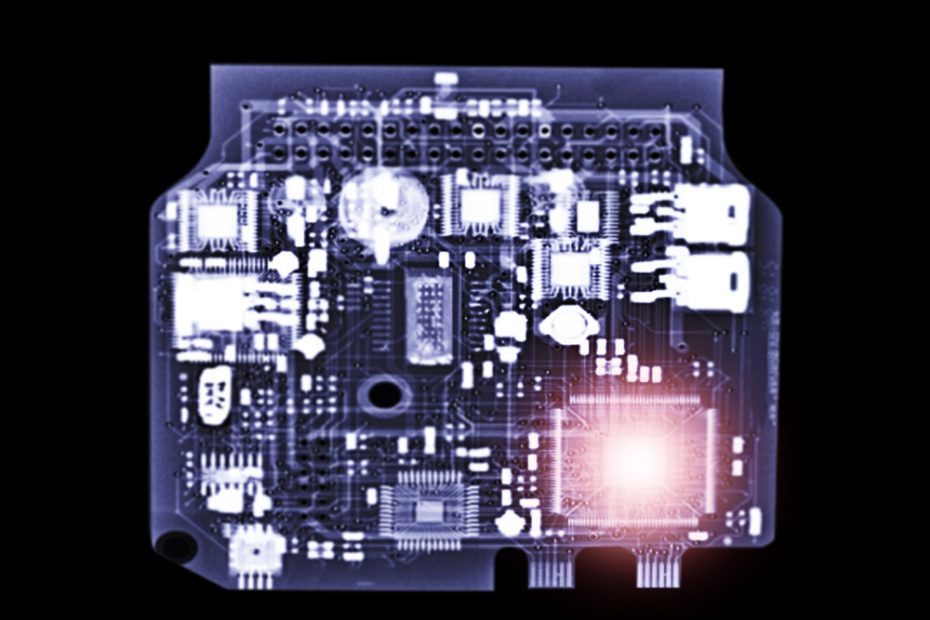ECU Color Code: A Guide to Understanding and Utilizing ECU Wiring
Introduction
The Electronic Control Unit (ECU) is the brain of your vehicle, responsible for controlling and coordinating various systems and functions. Whether you are a professional mechanic or an avid car enthusiast, understanding the ECU color code is crucial for troubleshooting, modifications, and repairs. In this article, we will delve into the importance of ECU color coding, how it works, and how you can effectively utilize it to ensure optimal performance and reliability of your vehicle.
The Significance of ECU Color Coding
The ECU wiring harness consists of numerous wires that carry electrical signals to and from the control unit. To make it easier to identify specific wires and their functions, manufacturers use a standardized color code system. Each wire is assigned a unique color, allowing technicians to quickly identify and troubleshoot any issues within the wiring system.
Having a thorough understanding of the ECU color code not only simplifies the diagnostic process but also ensures efficient repairs and modifications. By knowing which wire corresponds to a particular function, you can easily trace the signal path, test for continuity, and repair or replace damaged wires or connectors.
Decoding the ECU Color Code
The ECU color code varies between different car manufacturers. However, there are some general color patterns that are commonly followed across the industry. Here are the most common wire colors and their corresponding functions:
Color Function Red Power supply (+12V or +5V) Black Ground or earth White Signals or sensor inputs Yellow Ignition-related Blue Switched power Green Serial communication lines
It is important to note that this is just a general guideline, and you should always refer to the specific wiring diagrams provided by your vehicle manufacturer for accurate information. Additionally, some manufacturers may use additional colors or unique coding for specific systems or components. Therefore, it is crucial to consult the appropriate technical resources for your particular vehicle.
Utilizing the ECU Color Code
Understanding the ECU color code opens up a world of possibilities when it comes to diagnosing and modifying your vehicle’s electrical system. Here are some practical ways in which you can make use of this knowledge:
- Troubleshooting: When faced with a malfunctioning system, knowing the corresponding wire color can help you quickly identify potential issues. For example, if you have an engine misfire, you can trace the ignition-related wires (typically yellow) to check for loose connections or faulty components.
- Modifications: Whether you want to install aftermarket accessories, upgrade your audio system, or add new sensors, understanding the ECU color code allows you to tap into the correct wires without causing damage. This ensures a clean and professional installation.
- Repairs: In case of wire or connector damage, knowing the color code simplifies the repair process. You can easily find replacement wires, connectors, or harnesses with matching colors, ensuring a proper and secure connection.
Conclusion
The ECU color code is an invaluable tool for anyone working with automotive electronics. By understanding and utilizing this standardized system, you can diagnose issues, make modifications, and perform repairs with confidence and precision. While general guidelines exist, it is essential to consult specific wiring diagrams provided by your vehicle manufacturer for accurate information. By harnessing the power of the ECU color code, you can ensure the optimal performance and reliability of your vehicle’s electrical systems.



